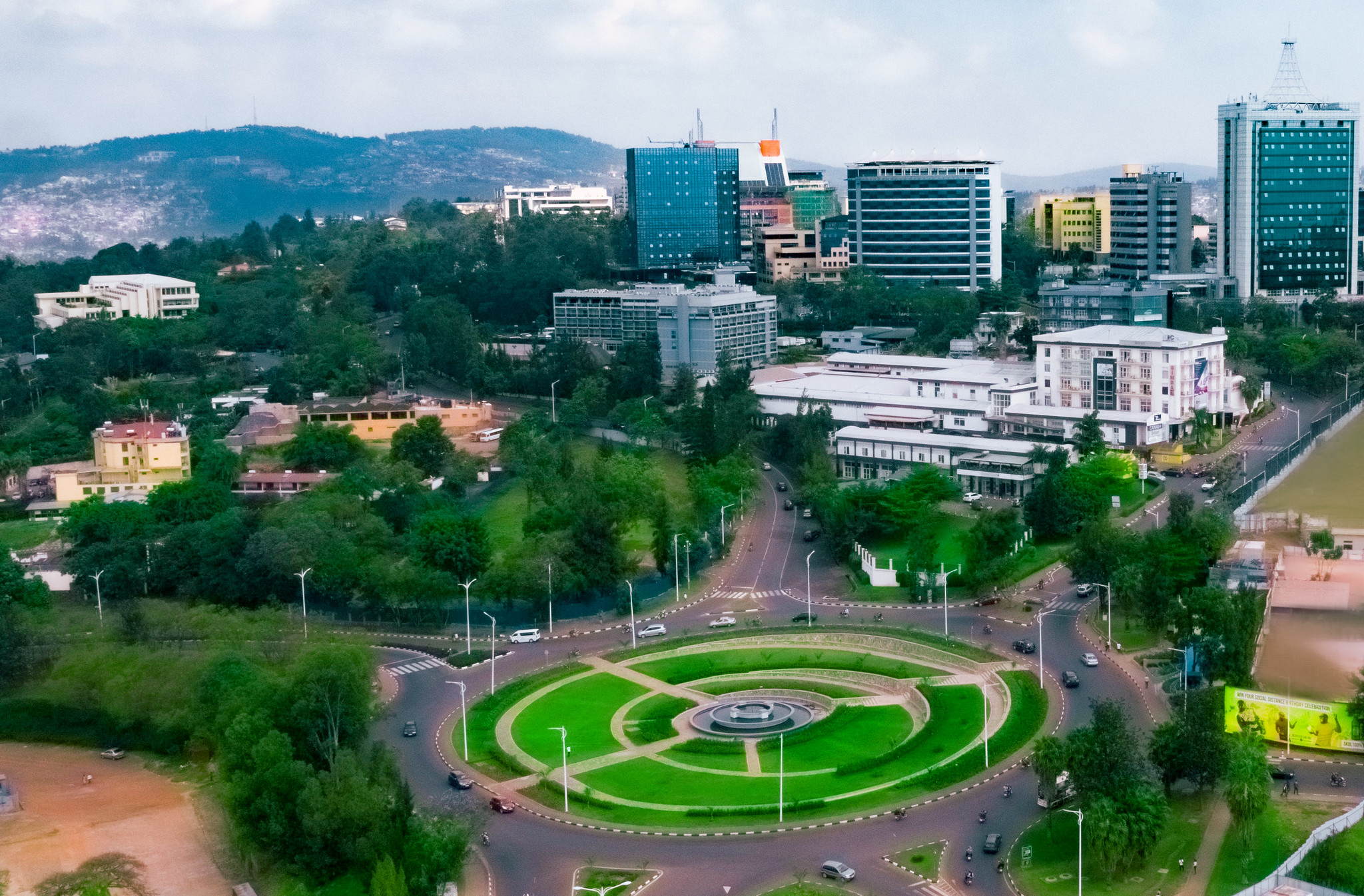Regional
How NST2 will propel Rwanda into a middle-income country

Rwanda's capital city, Kigali.
The Rwandan government
approved the second National Strategy for Transformation (NST2), a
comprehensive and forward-looking five-year plan that will run until the end of
2029. Approved on August 23, this strategy charts a bold new course for
Rwanda's continued development, with the ultimate goal of achieving
middle-income status by 2035 and high-income status by 2050.
NST2 is anchored on several
key priorities, including the creation of decent and productive employment
opportunities, boosting Rwanda's exports, enhancing education quality, reducing
stunting and malnutrition rates, and improving public service delivery.
For Rwanda’s development
trajectory, this policy document serves as a roadmap outlining the nation's
vision, addressing current challenges, and exploiting available opportunities
to secure a prosperous future.
The first agenda of NST2 is
the transformation of Rwanda's agricultural sector, increase agricultural
productivity by 50%, a goal to be achieved through several key initiatives.
This will be crucial for national food security and economic growth, employment
generation, and poverty reduction in rural areas.
The strategy aims to achieve a
challenging target of rebalancing the agricultural sector to grow by over six
per cent annually, making it more market-oriented, sustainable, and productive.
At the core of NST2 is an
ambitious goal: to create 2.5 million productive and decent job opportunities
over the next five years. This commitment, part of the government's effort to
address unemployment—particularly among the youth and women—translates to the
creation of 500,000 new jobs annually.
Each of these jobs will be
designed to offer not only income but also opportunities for personal growth,
career advancement, and self-actualization.
To achieve this, NST2 will
leverage Rwanda’s strengths in key sectors such as agriculture, manufacturing,
and services while also diversifying into high-tech areas like technology and
renewable energy. A significant focus will be placed on attracting greater
private sector investment, which is vital for development, value addition, and
job creation. The strategy sets an ambitious goal of increasing private sector
investment in infrastructure from $2 billion in 2023 to an impressive $4
billion by 2029.
NST2 also aims to
significantly boost Rwanda's exports, targeting export levels exceeding $3.3
billion within the same period. The strategy envisions Rwanda becoming a hub
for high-quality "Made in Rwanda" products, reducing dependency on
imports and strengthening the country’s industrial base.
Education is another
cornerstone of Rwanda's development framework, and NST2 seeks to promote
significant improvements across all educational sectors, especially early
childhood education. The strategy aims to raise pre-primary net enrollment to
65 per cent by 2029, recognizing that quality early education is crucial for
lifelong learning and achievement.
As proposed in NST2, Rwanda
will be ready to stand and be counted among the global digital economy with the
prowess to not only innovate but also create employment opportunities. This
will in return help boosting the overall economic development of the country
and making sure that Rwanda continues to be in the vanguard of technological.
In summary, NST2 is poised to
be a transformative blueprint for Rwanda, guiding the nation toward its vision
of achieving middle-income status by 2035.
Through strategic investments
in agriculture, education, technology, and private sector growth, Rwanda is
laying the foundation for sustainable development and economic resilience.
By harnessing available opportunities, NST2 aims not only to improve the livelihoods of Rwandans but also to position the country as a competitive player in the global economy, ensuring a prosperous future for all.


.jpeg-20221214055432000000.jpeg)

